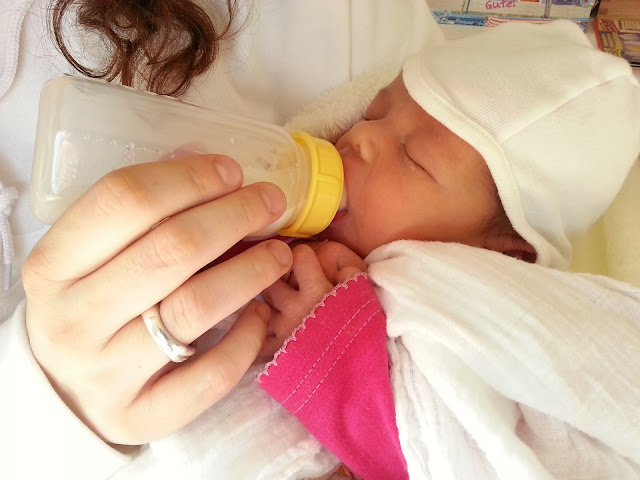Newborn baby bottle feeding tips
First, make sure all parts of the bottle are clean and dry before each use. Assembles the bottle. When preparing formula, follow the package directions carefully. Pour in the breast milk or formula.
Your doctor or lactation consultant will tell you how much your baby needs. Never put infant cereal or anything else in your baby's bottle without checking with your doctor. Both breast milk and formula can be given at room temperature.
If you want to warm the feeding bottle, place it in a bowl of warm water. Make sure the cap is sealed. Never microwave breast milk or formula. Check to see that the milk isn't too warm or cold by putting a few drops on the inside of your wrist.
When your baby is ready to eat, find a comfortable safe spot. Keep your baby in an upright position, not lying down.
This helps prevent choking, spitting up, and over feeding. Never prop a bottle in your baby's mouth. Bring the nipple to your newborn baby's lips and glide it in. Tilt the bottle so that it's at an angle.
The nipple should only be about half full. This will allow babies to drink at their own pace and not choke if fluid flows too quickly. If your baby coughs or chokes, lower the bottle to get a safe slower flow or try a different clean nipple.
Most babies take breaks while feeding. During a break, or about halfway through the feeding, stop and burp your baby. Babies who are full will turn away from the bottle or close their cute lips. Burp your baby again at the end of the feeding. Throw away if any milk that is left in the bottle, or if your baby doesn't drink it within an hour.


Post a Comment
Post a Comment